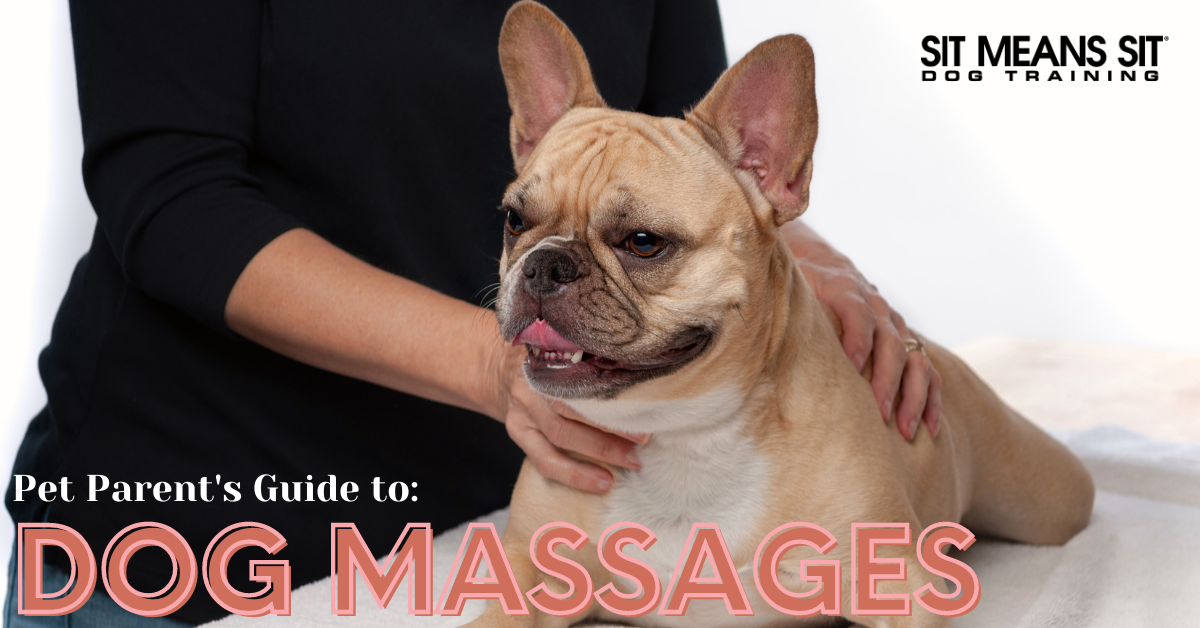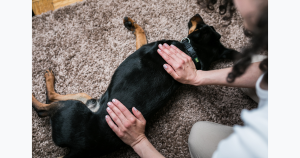
How to Give Your Dog a Massage
Just like humans, dogs can benefit greatly from the healing power of touch! A gentle and soothing massage can be a fantastic way to bond with your furry companion while promoting their physical and emotional well-being. Whether your dog is a highly energetic pup or a senior pooch experiencing the aches of aging, a massage can provide relaxation and relief! Keep reading to learn more about the art of giving your dog a massage, step-by-step, ensuring a rewarding experience for you and your beloved furry friend!

Choose the Right Environment
Creating a calm and peaceful environment ensures your dog feels comfortable during the massage! Find a quiet space where you won’t be disturbed, and make sure the room is at a comfortable temperature. Play soft, soothing music to set the mood and help your dog relax.
Gather the Essentials
Before you begin, gather everything you’ll need for the massage. This includes a comfortable and padded surface for your dog to lie on, such as a soft blanket or a dog bed. You may also want some treats handy to reward your dog during and after the massage!
Get Your Dog in the Right Mindset
Approaching your dog calmly and gently before starting the massage is crucial! Begin with some calming strokes on their back and shoulders to help them relax and get used to your touch. Use a soothing voice and give them a few treats to associate the massage with positive experiences.
Start with Light Strokes
Once your dog is relaxed, begin the massage with light strokes using the palm of your hand. Work in the direction of your dog’s fur, moving from its neck toward its tail. Avoid using too much pressure, especially if it’s your first time giving your dog a massage.
Focus on Muscle Groups
Pay attention to different muscle groups in your dog’s body during the massage. Gently massage their neck, shoulders, back, hips, and legs. Use circular motions with your fingertips, gradually increasing the pressure if your dog seems comfortable. Be cautious around sensitive areas and avoid applying pressure to injured or painful spots.
Use Calming Techniques
Incorporate calming techniques during the massage to enhance relaxation! For example, use long and slow strokes to help your dog unwind further. Try incorporating acupressure points, such as gently pressing on the area between their eyes or their paw pads, to promote relaxation and relieve stress.
Observe Your Dog’s Response
Pay close attention to your dog’s body language and cues throughout the massage. Adjust your approach or give them a break if they seem tense or uncomfortable. Some dogs may not enjoy being massaged in certain areas, and that’s perfectly okay. Always respect your dog’s boundaries and stop if they show signs of discomfort.
Check out these related blogs for more doggy relaxation tips!
Should You Leave the TV On for Fido?
